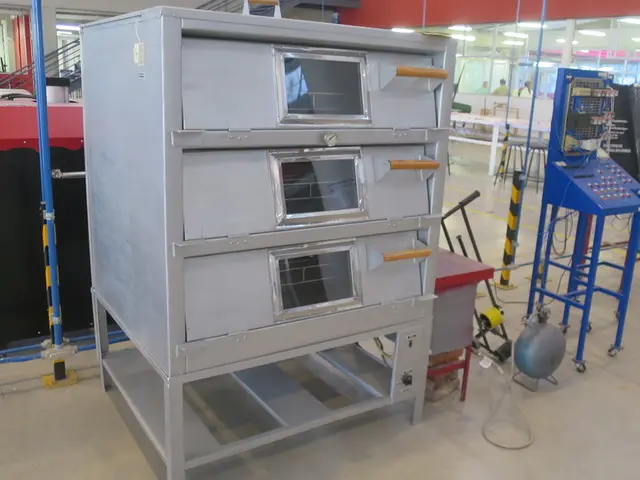Utilities and hyperscalers forging a dynamic relationship of collaboration
In the rapidly evolving world of energy, utilities and hyperscalers are finding common ground as they navigate unprecedented load growth and grid constraints. Hyperscalers, the dominant energy stakeholders of late, are increasingly seeking the expertise and resources of utilities, particularly in areas like filing for regulatory links. This collaboration is evident in the realm of backup generation, where both parties are vying for resources like gas turbines and backup generation behind the meter. Xcel Energy, headquartered in Minnesota, is one utility grappling with this shift. With a 9,000-megawatt backlog of data centers, Xcel Energy plans to serve only 2,500 due to uncertainty about the actual needs and locations of the remaining centers. This uncertainty is a reflection of the artificial intelligence boom, electrification, and onshoring of manufacturing, driving load growth in the United States. Bob Frenzel, president and CEO of Xcel Energy, emphasizes that utilities expect hyperscalers to at least pay their share in upgrades for energy infrastructure. Frenzel compares this new approach to Wayne Gretzky's phrase 'skate to where the puck is going to be.' The change in approach is necessary for serving data center load, EV load, or manufacturing growth. Utilities are adapting to a more active approach in planning, a departure from the risk-averse decision-making tradition in the utility industry. This new mindset is evident in Southern California Edison and its parent company, Edison International. They are considering investments based on rulemaking at the state level, even if customers have not yet come forward. Better cooperation and transparency between utilities and hyperscalers can address the challenges they face. Ken Zagzebski, president of AES Utilities and CEO of AES Indiana and AES Ohio, believes that the competitive strain between utilities and hyperscalers can be productive, even in the workforce. Industry heavyweights like Microsoft, IBM, and Siemens, the companies behind Google, Meta, and Amazon, are advocating for partnerships between utilities and hyperscalers. Caroline Choi underscores the need for both regulators and utilities to adapt to the current moment of load growth. She emphasizes the importance of investing and building infrastructure before customers come forward with new loads. However, this new partnership is not without its complexities. Data center developers may flood utilities with speculative power requests, complicating load forecasting and taking up valuable utilities' resources. Moreover, there is a competition for energy industry talent and key materials between utilities and hyperscalers. This story was first published in the AI-Energy Nexus newsletter on April 30. The shared challenges and opportunities presented by this partnership between utilities and hyperscalers are shaping the future of the energy industry.





